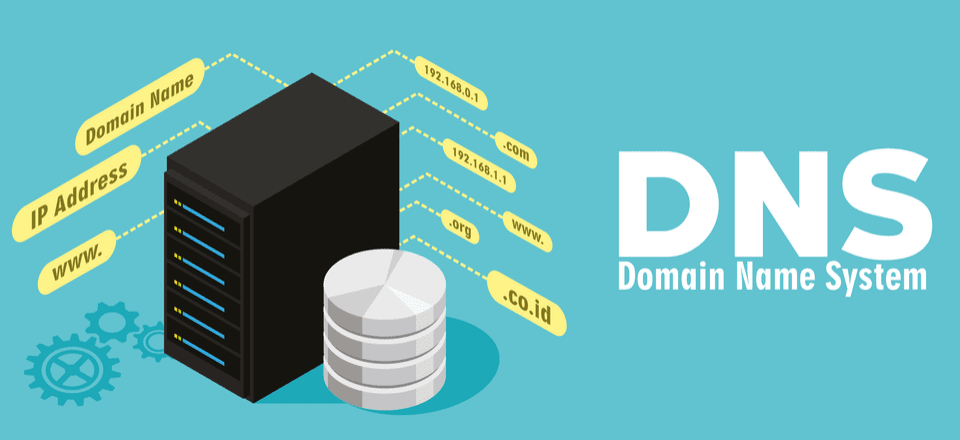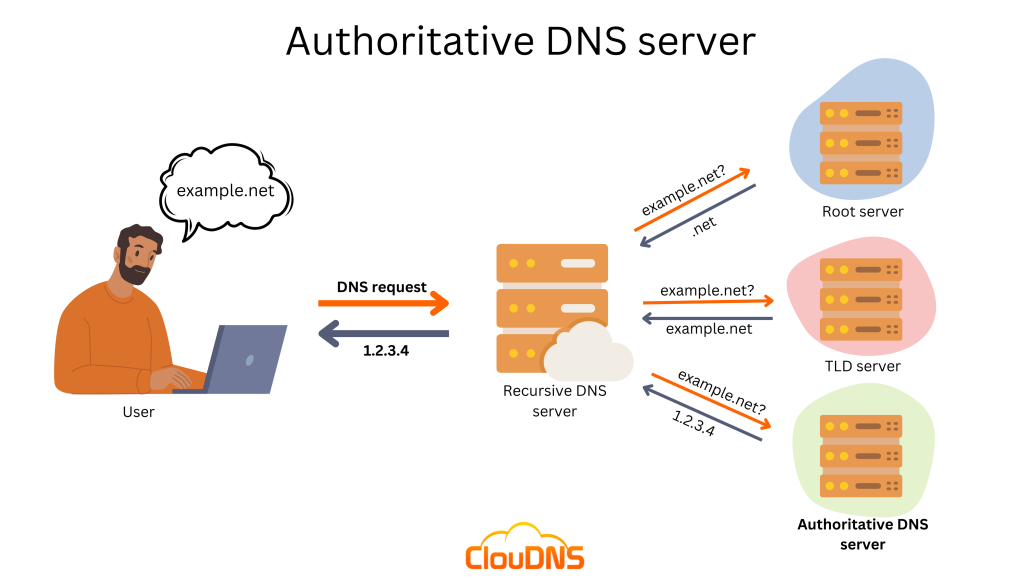Child nameservers, also known as child nameserver delegation, are a concept in the realm of domain management and web hosting that involves the delegation of DNS (Domain Name System) authority for a specific subdomain to a different set of nameservers. This practice allows for greater flexibility and control over DNS configurations, especially in scenarios where different services or environments are managed separately within a domain. In this detailed explanation, we’ll explore the significance of child nameservers in hosting, their purpose, setup process, and considerations for their implementation.
Key Concepts of Child Nameservers:
- Nameserver Hierarchy:
- The DNS infrastructure operates in a hierarchical manner. At the top of this hierarchy are the root nameservers, followed by top-level domain (TLD) nameservers, and then authoritative nameservers for specific domains. The nameservers exist within this structure.
- Delegation of Subdomains:
- The nameservers come into play when there is a need to delegate the management of a subdomain to a different set of nameservers than those responsible for the main domain. This allows for independent DNS management for specific subdomains.
- DNS Authority:
- Nameservers are authoritative for specific domains or subdomains. Child nameservers are authoritative for the delegated subdomain, meaning they have the responsibility to provide DNS information and respond to queries related to that specific subdomain.
- Namespace Isolation:
- Nameservers enable namespace isolation. This means that the DNS namespace for a subdomain is managed independently from the parent domain, providing a level of separation and control.

Purpose of Child Nameservers:
- Management of Subdomains:
- It allow for the efficient and independent management of subdomains. This is particularly useful in scenarios where different services or applications under a domain require separate DNS configurations.
- Service Segmentation:
- In hosting environments, child nameservers enable service segmentation. For example, a web hosting provider might delegate DNS control for client websites to child nameservers, allowing clients to manage their own DNS settings.
- Multi-Environment Configurations:
- They are beneficial in situations where different environments, such as development, staging, and production, each require unique DNS configurations. This segregation helps avoid interference between environments.
- Third-Party Service Integration:
- When integrating third-party services that require DNS control, using child nameservers allows for the delegation of DNS authority without compromising the overall management of the main domain.
Setting Up Child Nameservers:
Setting up child nameservers involves several steps, and the process may vary slightly depending on the domain registrar and hosting provider. Here is a general guide:
- Access Domain Registrar Account:
- Log in to the account with the domain registrar where the main domain is registered.
- Navigate to DNS Management or Nameserver Settings:
- Locate the DNS management or nameserver settings section within the registrar’s control panel.
- Add Child Nameservers:
- Add entries for the child nameservers along with their associated IP addresses. This information is typically provided by the hosting provider or the entity responsible for managing DNS for the delegated subdomain.
- Configure Child Nameservers:
- Set up the DNS configurations for the delegated subdomain on the child nameservers. This includes specifying A records, CNAME records, MX records, and other DNS settings specific to the subdomain.
- Update Parent Domain’s Nameserver Records:
- In the DNS management section for the main domain, update the nameserver records to point to the newly configured child nameservers.
- Propagation Time:
- Keep in mind that DNS changes may take some time to propagate across the internet. During this propagation period, DNS queries for the delegated subdomain will be directed to the child nameservers.

Considerations for Implementing Child Nameservers:
- DNS Expertise:
- Setting up and managing child nameservers may require a certain level of DNS expertise. It’s important to understand DNS configurations and record types to ensure proper functionality.
- Communication with Hosting Provider:
- Coordinate with the hosting provider or entity responsible for managing DNS for the delegated subdomain. Ensure that the child nameservers are properly configured and ready to handle DNS queries for the specific subdomain.
- Record Consistency:
- Maintain consistency in DNS records between the parent domain’s nameservers and the child nameservers. Inconsistencies can lead to DNS resolution issues.
- Documentation:
- Keep thorough documentation of the DNS configurations for both the parent domain and the child nameservers. This documentation is valuable for troubleshooting and future reference.
- Propagation Monitoring:
- Monitor DNS propagation to ensure that changes take effect as expected. Use online tools to check the status of DNS records across different locations.
Conclusion:
Child nameservers play a crucial role in DNS management by allowing the delegation of authority for specific subdomains. This practice provides a level of independence and control that is valuable in various hosting scenarios, especially when different services or environments need separate DNS configurations. By understanding the purpose, setup process, and considerations associated with child nameservers, domain administrators and hosting professionals can effectively leverage this feature to optimize DNS management within their hosting environments.
